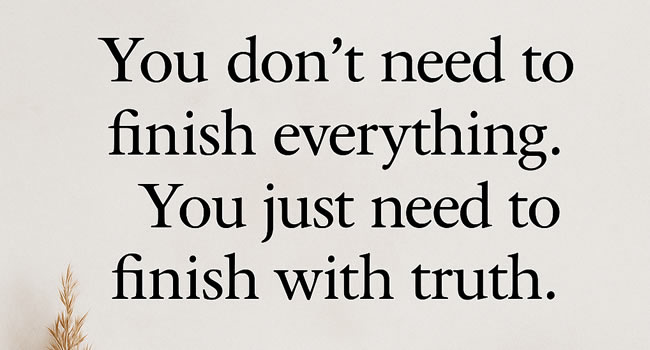How We Wear Ourselves – Part 2a
For the women who endured kpatewo, wore gel like armour, and now rotate lace-fronts and twist-outs like jazz. This one’s for you.
It starts with the wooden cutting comb. You know the one brownish red, shaped like an instrument of spiritual warfare, with teeth so close together they might as well be gossiping about your scalp.
It was never gentle. It didn’t believe in “detangling.” It believed in character development.
You’d be six years old, plonked on a low stool, thighs swinging, head yanked side to side as Aunty Kofo or Mama Chidinma or that one aunty with a heavy hand parted your hair with military precision. She’d lean in, elbow locked, sweat dripping, thighs firmly parked on either side of your face. You couldn’t breathe. But your parting? Shined like deliverance.
There was no watching Nollywood, you inhaled whatever season her skin was in. And if you dared flinch “Do you want me to injure myself because of your wahala head?”
It was Sunday ritual. Not spa day, not quality time. Discipline disguised as grooming.
You didn’t even get to choose your style school had already decided at Friday’s assembly: kpatewo, police cap, shuku with base, or all back. That was it. If you liked it, good. If you didn’t go and cry in silence.
This was the foundation: not just of our hairstyles, but of our relationship to hair itself.
Our scalps didn’t belong to us. They belonged to the culture, the community, and the nearest aunty with a wide-toothed comb and strong opinions.
The Evolution: From Routine to Reclamation
Years passed. You grew. Maybe you moved.
Suddenly, the choices opened up but the pressure didn’t vanish.
In the diaspora, Nigerian hair became something else entirely: a site of reinvention, but also survival.
You started booking appointments instead of sitting under mango trees but still flinched when someone said “tight braids.”
You discovered deep conditioners with mango butter but still remembered the sizzle of relaxer on freshly scratched scalp.
You switched from Aunty Kofo to YouTube tutorials, but some days, the wash-day dread was just as heavy.
For Nigerian women abroad, hair is history and future at once.
It’s not just texture. It’s memory. Mood. Message. Sometimes even protest.
Because we weren’t just learning how to style our hair we were learning how to own it.
The Politics of the Diaspora Hair Aesthetic
You wear your afro to a corporate event and suddenly you’re “so bold.”
You try knotless braids for a job interview, wondering if it’s too much “personality.”
You dye your tips ginger, and your uncle in Lagos messages you, “Wetin dey do you?”
You go bald by choice—and your mother prays louder.
And then there’s the wigs.
The freedom. The flair. The fast transformation. The internal debate: Is this convenience? Or have I internalised that “natural” is not “presentable”?
You sit with all of it.
You style your way through it.
Sometimes, you wear your history.
Other times, you wear a 22-inch bone straight and mind your business.
Either way, it’s you. Entirely.
The Aunties Were the Blueprint
Before Pinterest, before lace-front tutorials, before melting spray the aunties were already doing hair like performance art.
They didn’t need cultural commentary. They were the commentary.
They gelled, threaded, rolled, pinned, and packed with architectural confidence.
They didn’t call it “protective styling” they just knew what was working.
They shaped identity with Afro Sheen and rattail combs, with rubber thread and silent judgement.
We owe them.
Because in their hands, hair wasn’t just vanity. It was occasion. Ritual. Resistance.
Wig, Fro, Braids, Bald You’re Still the Story
Today, Nigerian women across the globe wear their hair like a mixtape one that skips genre on purpose.
Natural one day. Twist-out tomorrow. Wig next week. Braids till further notice. Low cut for peace of mind. Autogele for the owambe. Silk press for the Zoom call.
It’s not indecision. It’s range.
It’s survival with style.
It’s presence with or without laid edges.
And behind every hairstyle is a woman rewriting what it means to be “proper,” “professional,” “put together.”
We still face questions. Still hear the whisper of old-school judgment. Still navigate uninvited workplace comments.
But more of us are walking away from those pressures and walking towards a version of ourselves that doesn’t ask for approval before we show up in full colour, full volume, full curl.
So How Are You Wearing It Now?
Who shaped your hair story?
Was it the aunty who praised your “tough” hair?
The school matron who policed your bun?
The friend who taught you to twist?
The stylist who fixed your hairline and your self-esteem?
This is How We Wear Ourselves, and your hair journey deserves daylight. The laughs. The struggles. The transformation.
So share it.
Drop a photo. A throwback. A look you swore you’d never try again.
Use #HowWeWearOurselves and tag someone who’s taught you something through their hair.
Because your hair is not just something you style.
It’s a story you carry.
And this part? This one was for the girls.







